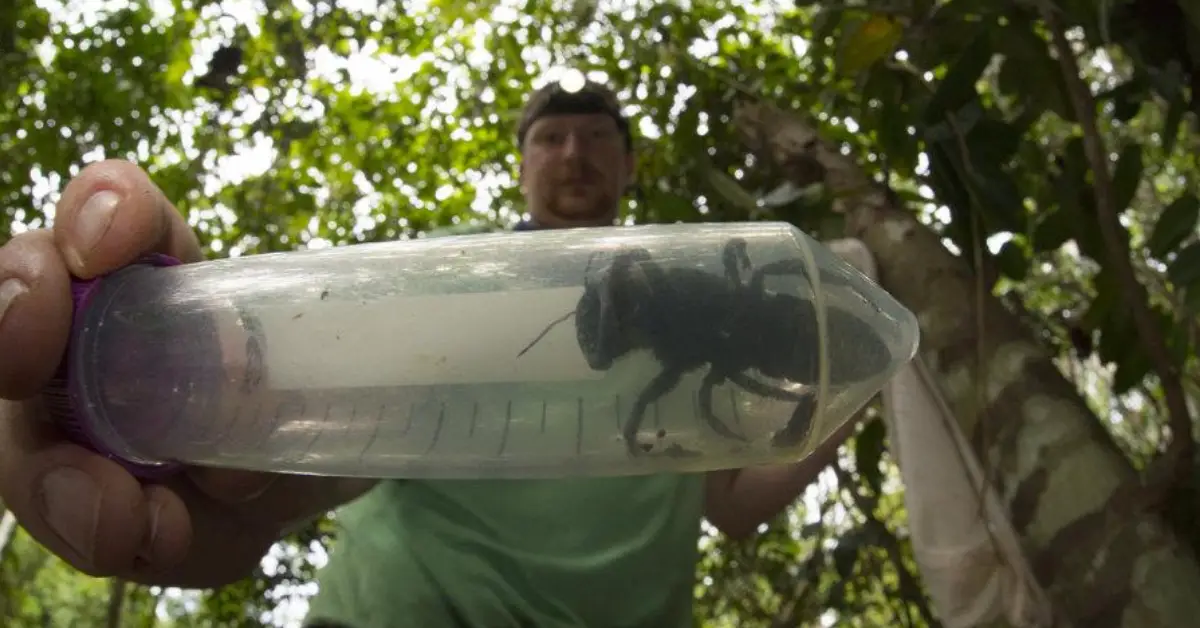It’s hard to expect good news regarding wildlife in the current climate change context. However, after the Formosan clouded leopard, miraculously ‘came back to life,’ another species has been rediscovered after presumed extinct.
The Wallace’s giant bee (Megachile pluto) has been rediscovered, after the scientists considered it extinct for almost four decades. After days of search, the explorers managed to found a female of the species in the Indonesian island, North Moluccas, BBC News reported.

Known as the largest bee species on Earth, the females of this species could reach a length of 1.5 inches (3.8 cm), with a wingspan of 2.5 inches (6.35 cm), but males only grow to about 0.9 inches (2.3 cm) long, the Science News reports. The large insect is named after Alfred Russel Wallace, a British explorer who interacted with those bees back in 1858.
BREAKING: Lost to science since 1981 and thought by some to be extinct, Wallace’s giant bee (Megachile pluto) has been rediscovered in Indonesia by an international team of scientists and conservationists. pic.twitter.com/VoDp43LRG2
— Australian Academy of Science (@Science_Academy) February 21, 2019
“It was absolutely breathtaking to see this ‘flying bulldog’ of an insect that we weren’t sure existed anymore, to have real proof right there in front of us in the wild,” natural history photographer, Clay Bolt told to media. “To actually see how beautiful and big the species is in life, to hear the sound of its giant wings thrumming as it flew past my head, was just incredible. ”
“I had a hard time believing that I was actually following in Wallace’s footsteps, in an area that at times seemed little changed from his travels not much more than 150 years in the past,” he also added.

Despite the expedition’s success, the Wallace’s giant bee still remain as extremely vulnerable to extinction species. However, the scientists group that managed to rediscover them, declared themselves optimistic regarding the species!

